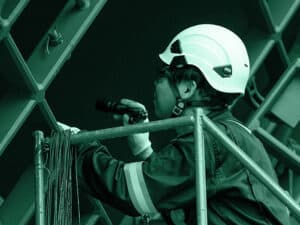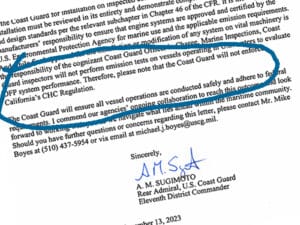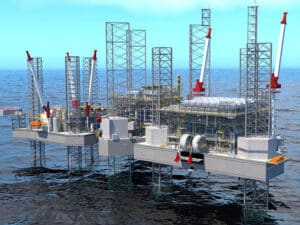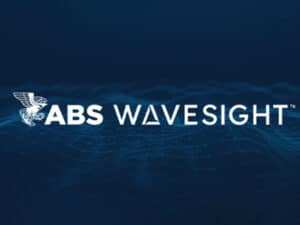
CII voyage optimization made simple?
Written by Nick Blenkey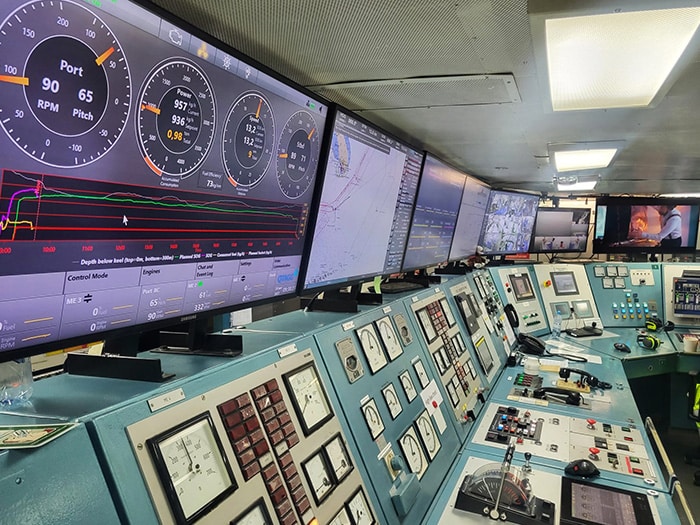
EcoPilot voyage optimization solution screens in the engone control room.
Can attaining the desired CII value for a voyage be as simple as setting it on a control panel slider? Swedish marine green tech company Qtagg says “yes.”
With shipowners getting increasingly concerned with complying with IMO’s Carbon Intensity Indicator (CII) regulations, Qtagg has released a CII mode update to its voyage optimization system, EcoPilot, that, it says, enables operators to get the desired CII value for any voyage. Using CII mode, ship operators and captains can decide on a CII value for a voyage and have the optimal propulsion plan executed automatically. There is no need to run simulations beforehand, or for continuous manual speed adjustments during the voyage.
The chief engineer has full control of engine status. The system is optimized to ensure the best combination for engines RPM in combination with the propeller pitch resulting in minimized fuel consumption for the voyage, says Qtagg.
EcoPilot is already an established voyage optimization solution, that saves fuel, decrease emissions and optimizes propulsion efficiency on RO/RO, RoPax and cargo ships. Using the just-in-time arrival mode, proven fuel savings are about 7%. Using interactive on time arrival, it is possible to achieve an additional 20%, says Qtagg.
The EcoPilot CII mode is aimed at ship owners and operators who want to control the CII ratings of their ships, while not overcompensate by slowing down too much.
“They will be able to choose a CII value for every voyage and reliably target that outcome,” says Tomas Lindqvist, CEO of Qtagg. “Operators will be able to better maintain their yearly revenue per ship and be in full control of fleet performance.”
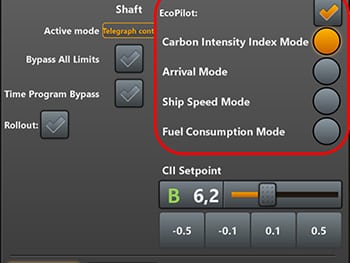
In the fuel optimization system, operators can select different Control Modes. By selecting Carbon Intensity Index Mode, they can move a slider and select the desired Carbon Intensity Rating for the planned voyage. EcoPilot calculate the optimized propulsion plan that achieves the selected rating.
EcoPilot voyage optimization has been in operation for more than 10 years. It has different operational modes: arrival time, fixed ship speed, lowest fuel consumption, and now desired CII value.
The CII mode is the latest addition, developed in response to the new IMO regulations. The demand for our solution has been increasingly rapidly, and since the whole optimization algorithms were already in place, the addition of a CII mode was mainly about implementing another targeting model.
The propulsion plan is calculated based on the desired outcome and acknowledged by the captain, says Lindqvist. EcoPilot is connected to the governors and pitch controller for automatic execution of the propulsion plan. The plan is recalculated continuously, based on updated weather reports and ship progress. Changes in schedule can be sent directly to the system from onshore fleet operations center and once acknowledged by the bridge, the propulsion plan is optimized and updated.
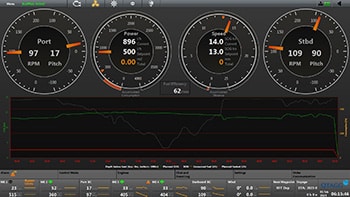
The EcoPilot Shaft View gives a full overview of the engines RPM and Pitch, the real time fuel consumption and the ETA for the selected CII setpoint. The intuitive user interface makes it easy to select between more detailed view for each engine or an overview of all engines simultaneously.
What are the benefits with automated propulsion plan optimization?
“It is impossible to reach the same result trying to manually follow advice on ship speed, says Lindqvist. “It is our integrated propulsion power control system that provides fuel savings, and predictable arrival times and CII values – all at the same time. Also, this is not a tool for simulations – it is an actual working control system.”

